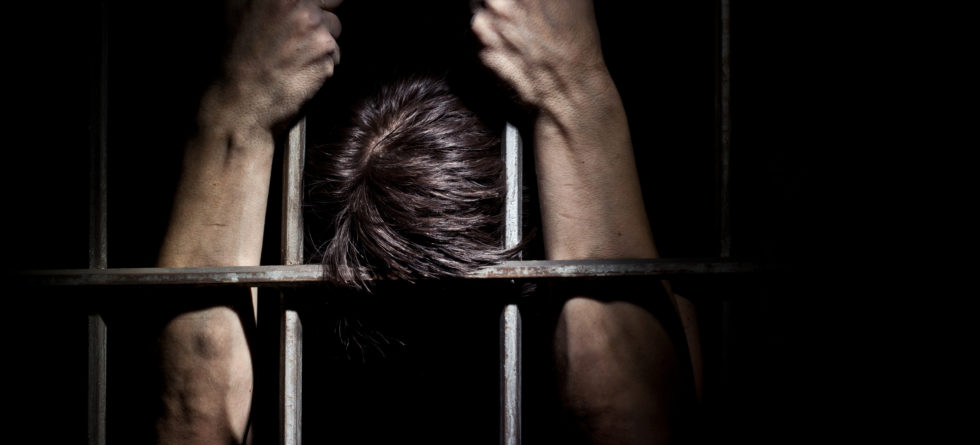The concept of “the 5 stages of incarceration” is not universally defined or recognized within the field of criminal justice or psychology. Some experts and researchers have proposed models or frameworks that describe the various stages or phases individuals may experience during incarceration. One such model is the “Inmate Adjustment Process,” which outlines several stages individuals may go through when entering and adapting to the prison environment. These stages can vary depending on individual characteristics, the nature of the prison environment, and other factors.
General Overview
1. Entry/Reception Stage – This stage involves the initial shock and adjustment period experienced by individuals upon entering the prison system. During this stage, inmates may experience feelings of anxiety, fear, confusion, and loss as they confront the realities of incarceration. They may also undergo various intake procedures, such as orientation, classification, and assignment to housing units.
2. Adaptation Stage – In this stage, inmates begin to adapt to the routines, norms, and social dynamics of the prison environment. They may develop coping mechanisms, establish social networks, and navigate the informal rules and hierarchies within the facility. This stage often involves a process of acclimation to the institutional culture and the development of strategies for survival and self-preservation.
3. Institutionalization Stage – During this stage, individuals become increasingly assimilated into the prison environment and may adopt behaviors, attitudes, and identities shaped by their experiences behind bars. They may become dependent on the structure and routines of prison life, leading to a diminished sense of autonomy and self-efficacy. Institutionalization can also involve a loss of connection to the outside world and a sense of alienation from mainstream society.
4. Release/Reentry Stage – This stage involves preparing for and transitioning out of incarceration. Inmates may experience anticipation, uncertainty, and anxiety as they approach their release date and contemplate returning to the community. They may participate in reentry programs, receive support services, and plan for their post-release needs, such as housing, employment, and social support.
5. Post-Incarceration Stage – After release, individuals enter the post-incarceration stage, which involves reintegrating into society and rebuilding their lives. This stage may be characterized by challenges such as finding employment, housing, and social support, as well as coping with stigma, legal restrictions, and other barriers to successful reentry. Individuals may also experience psychological and emotional difficulties related to their incarceration experiences and the process of readjusting to life outside of prison.
These stages are not necessarily linear or discrete, and individuals may move back and forth between them or experience them differently based on a variety of factors. Not all individuals will experience every stage, and the duration and intensity of each stage can vary widely among inmates.




